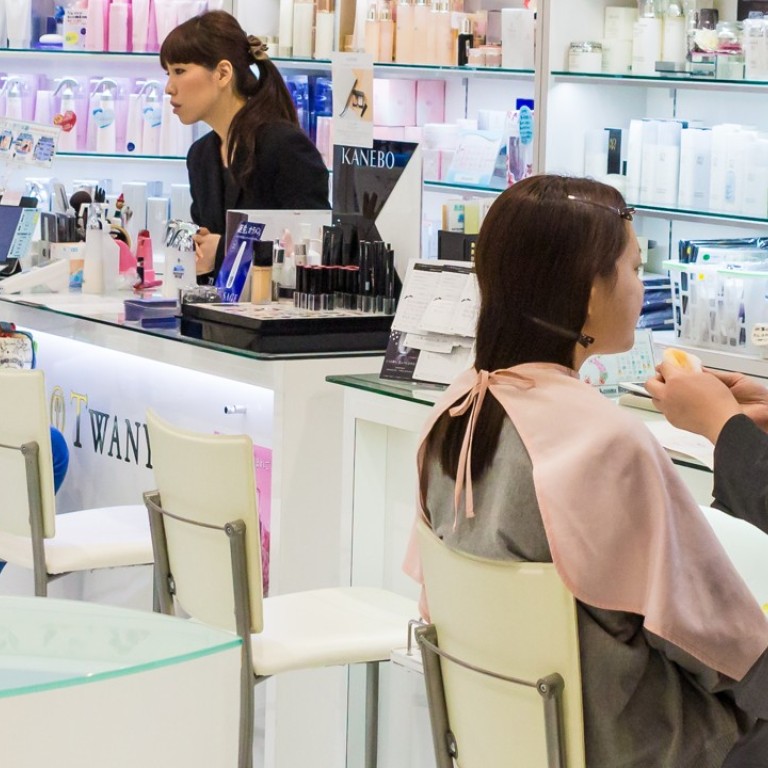
Japanese beauty brands reassert themselves amid K-beauty buzz
The Japanese beauty industry and its champions SK-II, Shiseido and Shu Uemura have been eclipsed of late by glitzier Korean brands, but new niche labels may help Japan overtake Korea
First it was tea with fashion icon Kate Moss at a London hotel to celebrate the recent UK launch of Japanese beauty brand Decorté. A week later, I met A-list Hollywood makeup artist Jillian Dempsey, (her clients include Jennifer Lawrence, Kristen Stewart and Kate Winslet)who raved about the “amazing brands” such as Addiction, Kate and NaturaGlace that she had discovered in Tokyo .

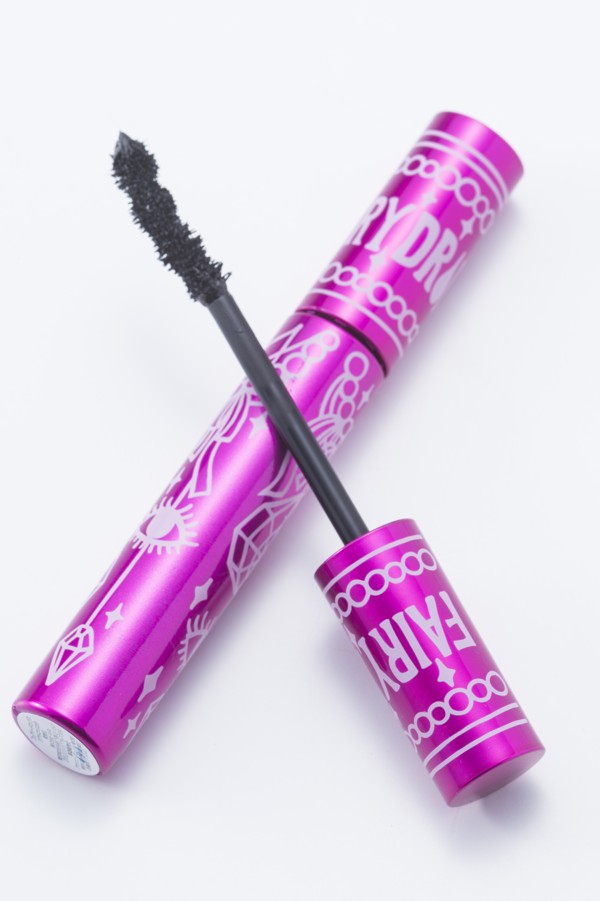
J-beauty – essentially “made in Japan” brands that fuse an archetypal ethos, understated aesthetic, age-old beauty rites and groundbreaking formulations – may be touted as “the next big thing”, but many of the brands, from pioneers SK-II, Shiseido and Shu Uemura to the more niche labels such as Shiro, RMK, DHC , have been around for years, in some cases decades, perfecting the poreless complexion Japanese women are renowned for.
K-beauty: the ugly face of South Korea’s obsession with women looking forever flawless
The efficacy of these brands was long ago discovered by women in the West (like the aforementioned Moss), who have been guarding the secret from a sizeable proportion of the beauty buying market.
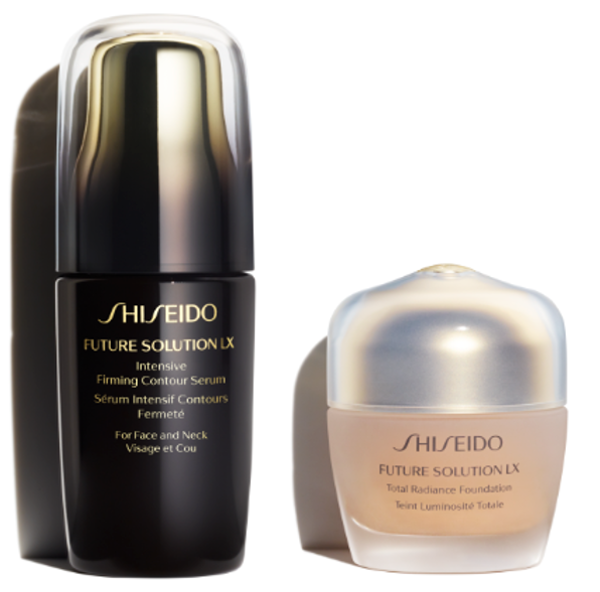
But why only now?
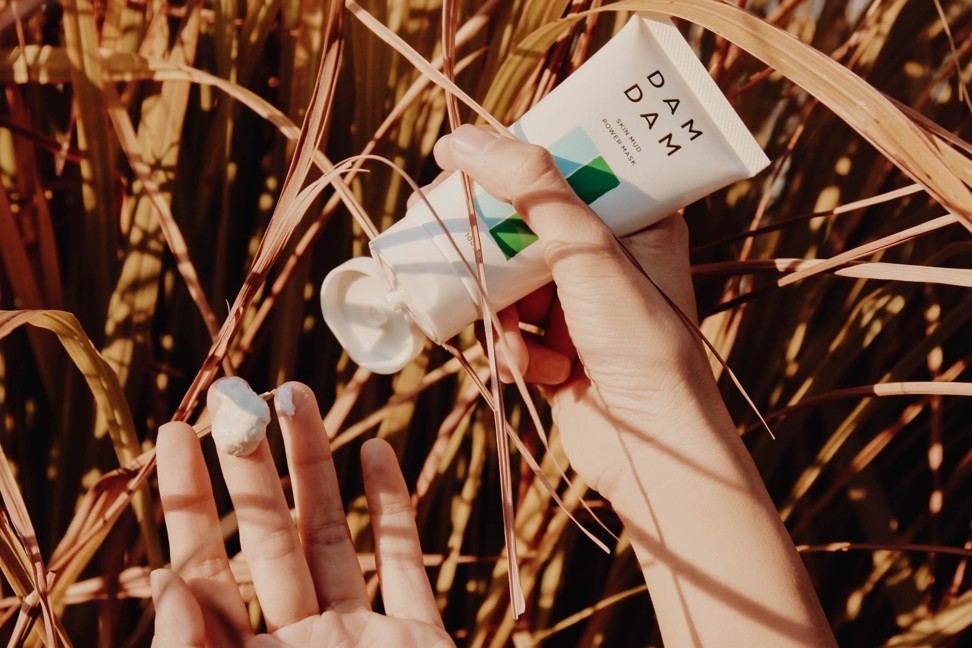
Go is referring to the “bells and whistles” of K-beauty. Many are predicting J-beauty will be its successor, but Japanese beauty predates the Korean version.
While packaging is different (restraint will always be a key component of the Japanese aesthetic), many of the beauty concepts and formulations from South Korea were pioneered by Japanese beauty brands. Economic factors, however, changed everything.
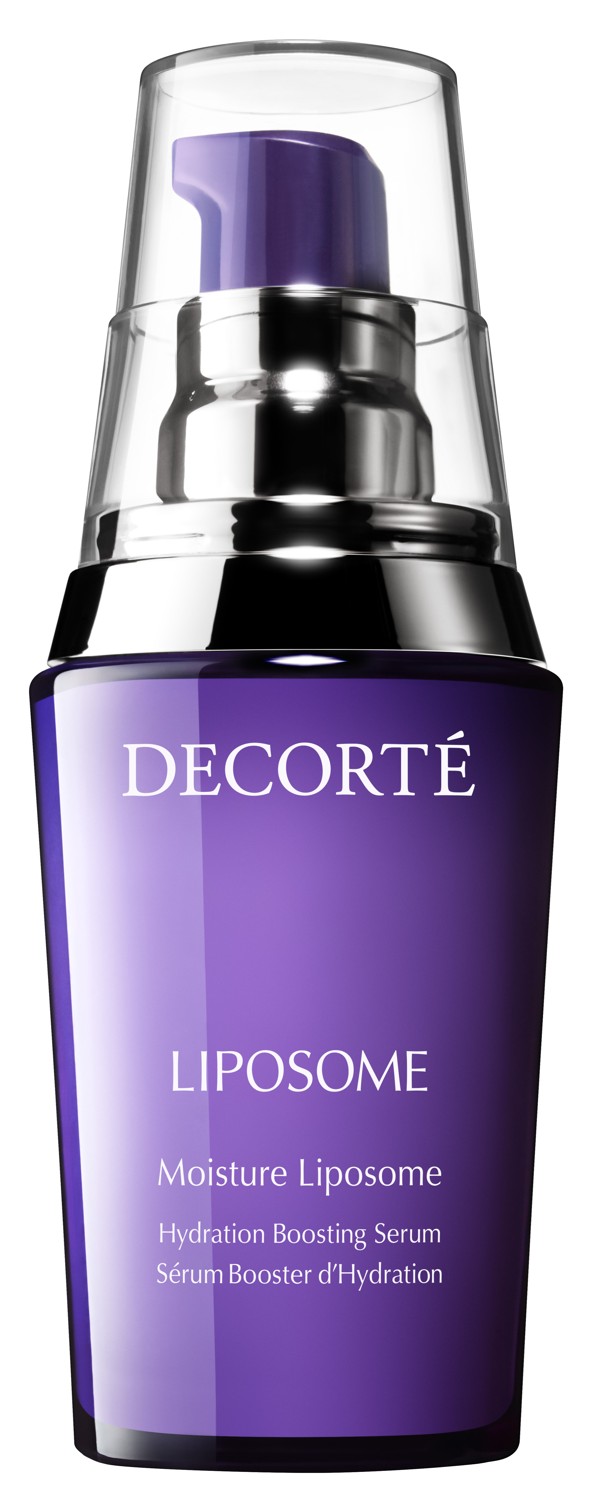
But Shiseido brand manager Miyabi Kumagai believes Japanese beauty products are back on the international map, pointing to “the growth in tourism in recent years, which has seen Japanese beauty habits and methods increasingly exported”. And now, with the 2020 Olympics in sight, says Victoria Buchanan, strategic researcher at The Future Laboratory, the global interest in the country is set to rocket because “Japan is eager to tout its innovation credentials in key industries. And this includes beauty”.
Five fast fixes for that Korean beauty look – say goodbye to complicated 10-step routine
That innovation, ironically still steeped in age-old rituals, has already begun changing the faces of women across continents. Japan, after all, is the country that took double cleansing mainstream, created essences as a skin care category and taught the world that cleansing oils were not an oxymoron.
And it continues to push the boundaries of innovation by marrying old-school principles with technology and environmental factors; brands such as Three, Damdam and Babaghuri, for instance, are leading the charge by tapping into the consumer demand for “clean beauty”.
It’s easy to place the interest in Asian beauty brands under a single umbrella (many have dubbed this trend ‘The Asianification of Beauty’) but Japanese beauty devotees are keen to make the distinction clear – particularly from its K-beauty nemesis.

Millie Kendal, a brand consultant and co-founder of Beauty Mart who also worked for Shu Uemura, doesn’t agree with that blanket statement, but she does anticipate a major shift in the industry. It is one she believes will restore Japanese beauty to its rightful position as leader of the pack.
“With K-beauty, you can get good quality, great (fun) packaging and reasonable prices, which opens up a beauty trend to a younger market and is incredibly Instagram-able. My theory, however is that we will see a return to the expert; the make-up artist, the journalist, the stylist … They are all being asked once again for their expert opinion and their tastes and use of product is based on performance and not gimmick.
“These influential experts want brilliantly made products that deliver, and Japanese formulations deliver on every level.”
